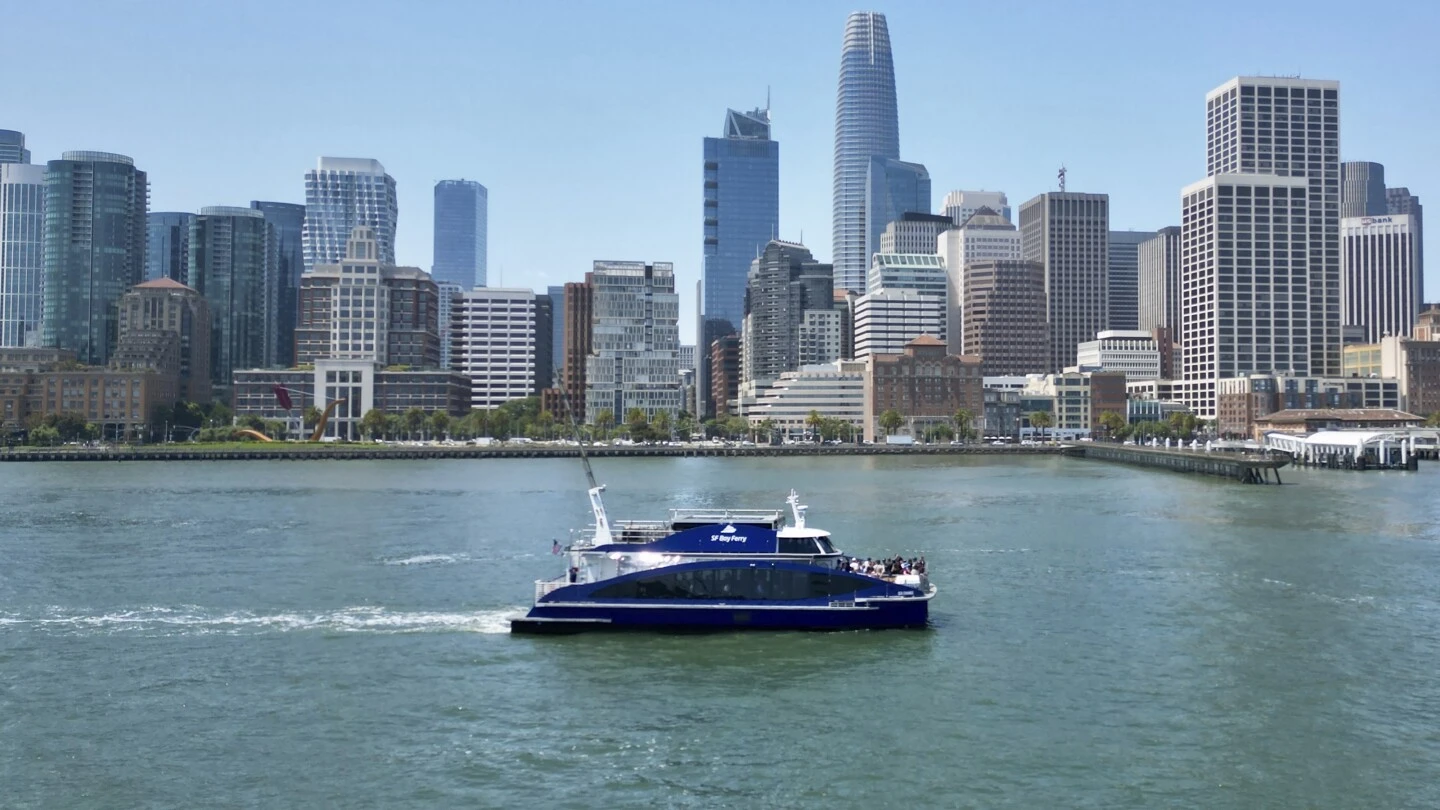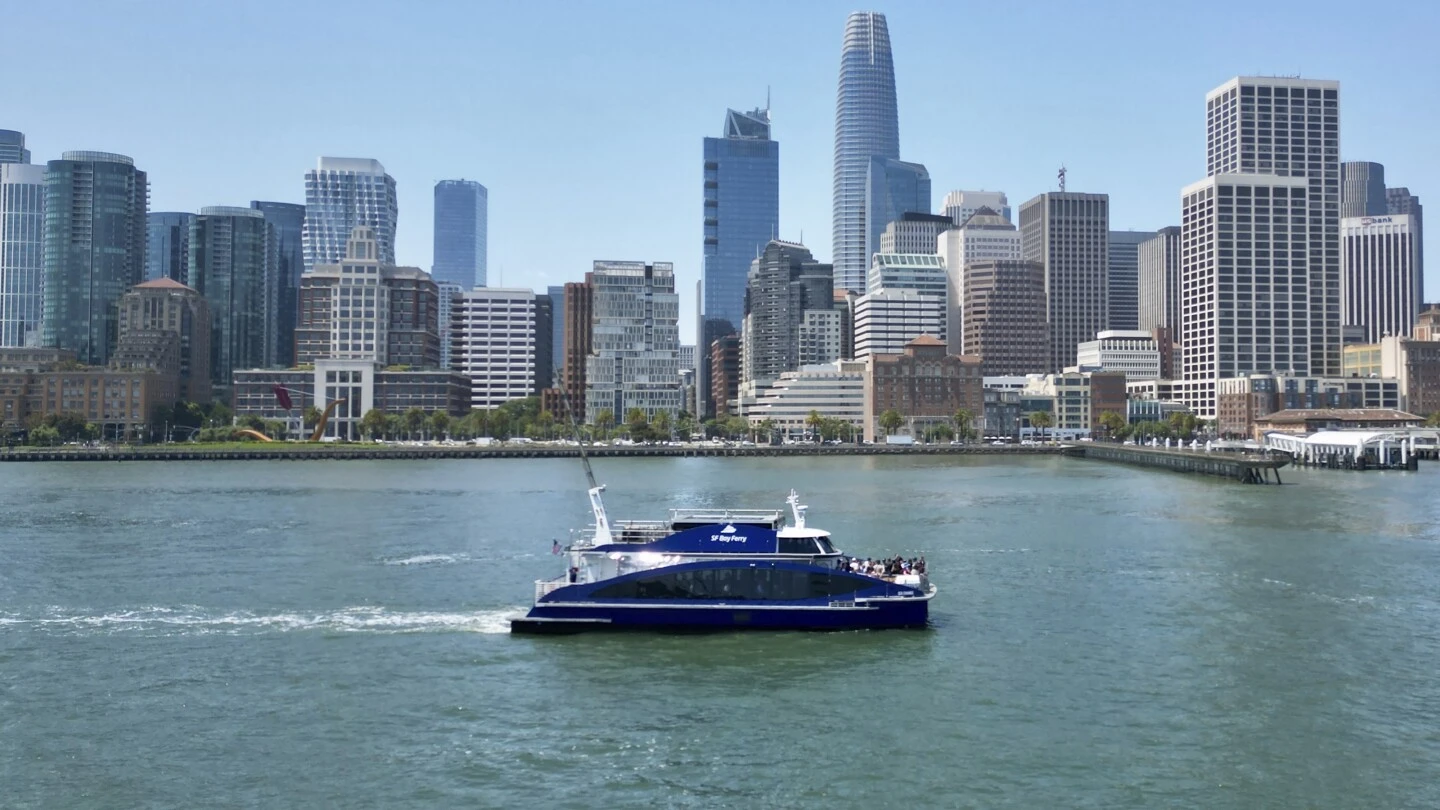

Fuck it I’ll take the down votes, he’s right. Ukraine is losing this war and stand no chance of winning back there lost territory, barring western countries putting troops on the ground. The longer the war goes on, the more territory the Russians gain and the more Ukraine’s manpower gets drained. The only people who stand to benefit from the war continuing is the Russians and western defense contractors.
Obviously fuck Russia for starting this needless war but you have to understand when to cut your losses and stop pouring money and lives into a losing quagmire.









Not from Canada but this sent me down a rabbit hole, So the Ontario government sold a monopoly on beer sales to a company and ford backed out early and now the government has to pay 200 million in damages to the company instead of letting the contract expire in a year?